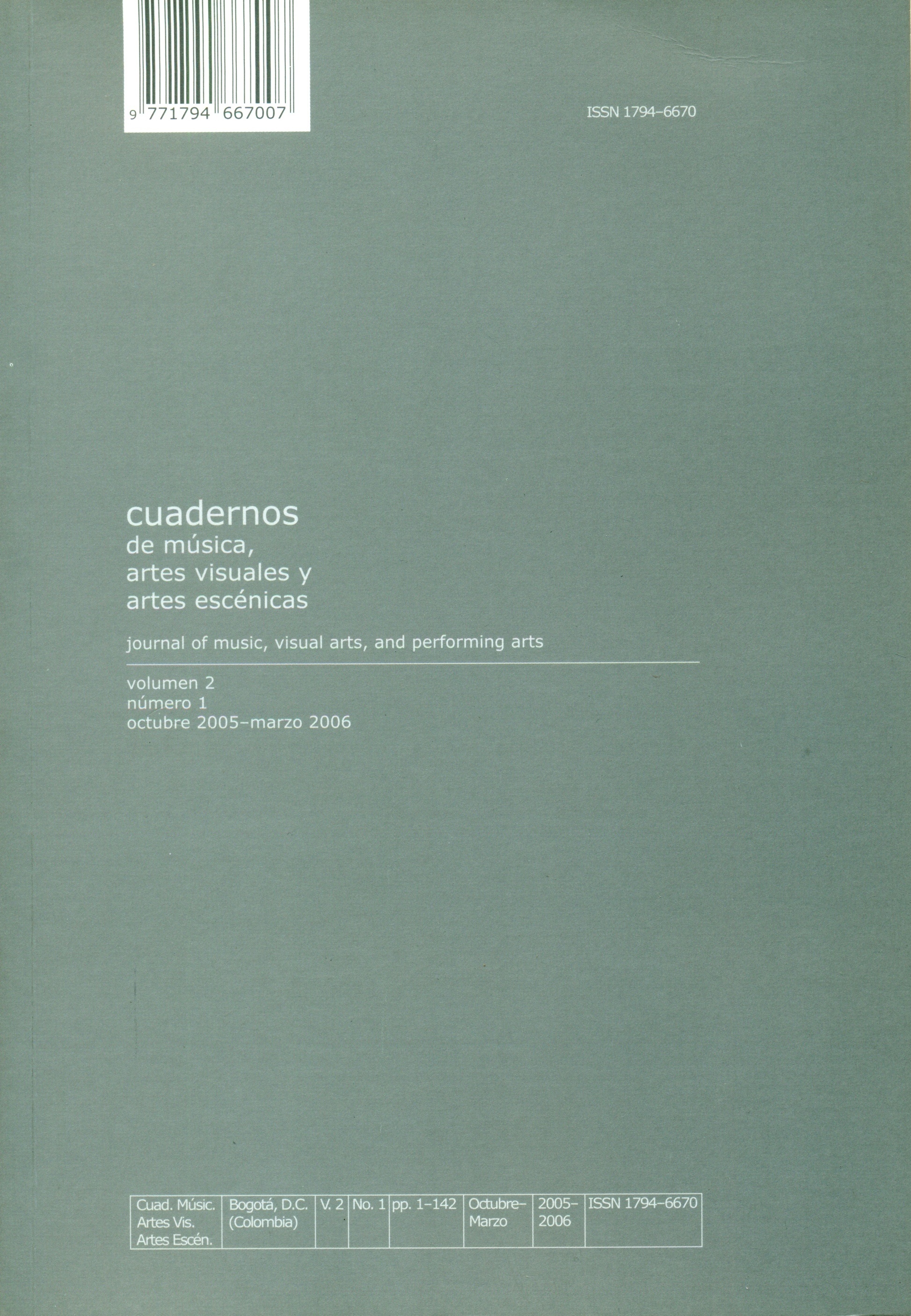Resumen
El edificio–teatro decimonónico, en su conjunto, se manifiesta como un estándar diseñado para cubrir unas expectativas universales, para satisfacer las necesidades prácticas o simbólicas de un grupo social –o mejor, de una mentalidad o imaginario ideológico compartido por el heterogéneo conjunto de las clases medias– identificado en términos generales bajo la categoría general de “burguesía.” Ello se traduce en la reivindicación de toda una serie de requisitos ideales aplicados al paradigma arquitectónico del teatro, perfilándose sus arbitrios de acuerdo con unos principios homologadores perceptibles tanto a escala edilicia como preformativa. Destacan, entre los matices del teatro ochocentista más desatendidos por la historiografía, ciertas categorías, tales como la rentabilidad comercial y el bien común, la seguridad, la comodidad y el confort de los espacios, el tratamiento ornamental de los ambientes o la atención prestada por el pensamiento coevo a los complementos funcionales del edificio verificados el equipamiento de aquellas instalaciones destinadas al desarrollo de la vida social, una de las funciones vacilares del teatro ochocentista que llegará incluso a determinar los propios ritmos del ejercicio dramático, decretando unos precisos cronotopos –siguiendo la terminología batjiana– que formarán parte indisoluble de la convención espectacular en su doble vertiente representación/fruición. Sobre esta base, el morfotipo teatral prevaleciente en el siglo diecinueve detenta una específica personalidad en la que intervienen, de una parte, el peso de una tradición sólidamente forjada a lo largo de su propia evolución histórica, y de otra parte las transformaciones operadas sobre tal substrato por las circunstancias en curso, referentes no tanto a drásticas innovaciones estructurales o formales sino a su peculiar impostación ética y técnica, una renegociación de usos y significados impuesta por su adaptación a las necesidades y requerimientos socioculturales de la contemporaneidad.Esta revista científica se encuentra registrada bajo la licencia Creative Commons Reconocimiento 4.0 Internacional. Por lo tanto, esta obra se puede reproducir, distribuir y comunicar públicamente en formato digital, siempre que se reconozca el nombre de los autores y a la Pontificia Universidad Javeriana. Se permite citar, adaptar, transformar, autoarchivar, republicar y crear a partir del material, para cualquier finalidad, siempre que se reconozca adecuadamente la autoría, se proporcione un enlace a la obra original y se indique si se han realizado cambios. La Pontificia Universidad Javeriana no retiene los derechos sobre las obras publicadas y los contenidos son responsabilidad exclusiva de los autores, quienes conservan sus derechos morales, intelectuales, de privacidad y publicidad.
El aval sobre la intervención de la obra (revisión, corrección de estilo, traducción, diagramación) y su posterior divulgación se otorga mediante una licencia de uso y no a través de una cesión de derechos, lo que representa que la revista y la Pontificia Universidad Javeriana se eximen de cualquier responsabilidad que se pueda derivar de una mala práctica ética por parte de los autores. Como consecuencia de la protección brindada por la licencia de uso, la revista puede publicar retractaciones o corregir la información ya publicada. La publicación de contenidos en esta revista no representa regalías para los contribuyentes.


